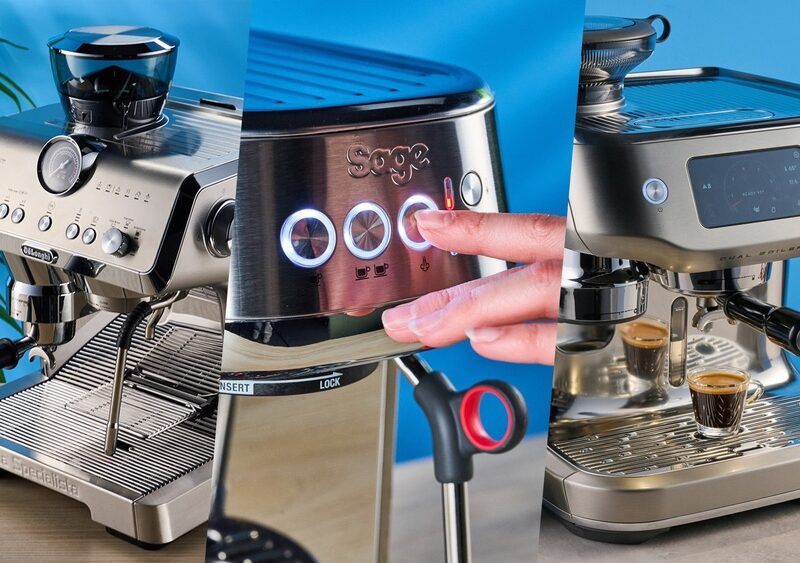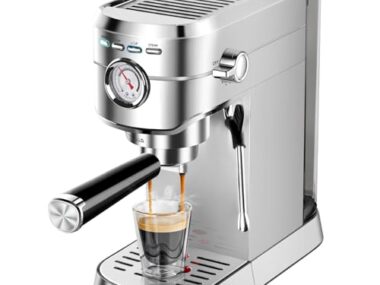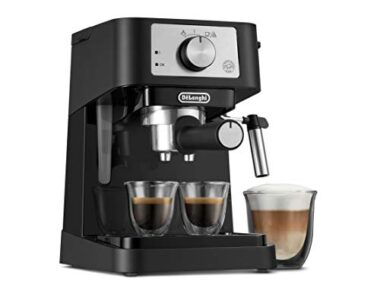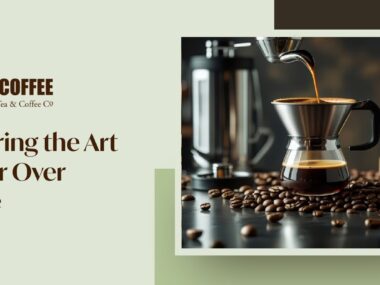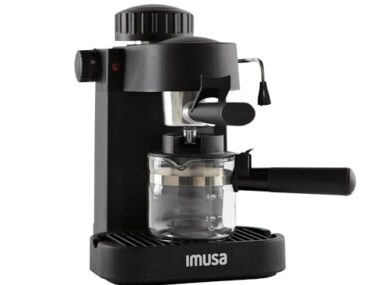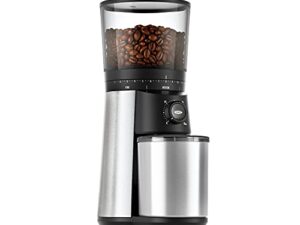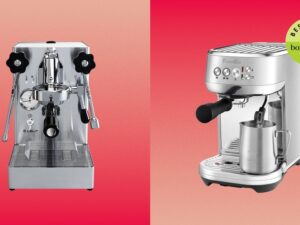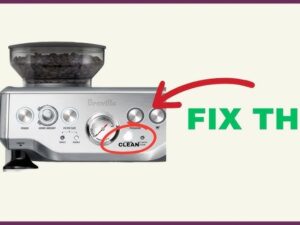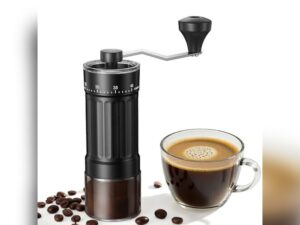Are you confused about whether to choose an espresso machine or a coffee maker for your daily caffeine fix? You’re not alone.
Both devices brew coffee, but they do it in very different ways, creating distinct flavors and experiences. Understanding these differences can help you pick the perfect machine that matches your taste and lifestyle. You’ll discover how espresso machines and coffee makers work, the unique qualities of each, and which one suits your coffee cravings best.
Keep reading to make an informed choice and enjoy every cup just the way you like it.
Espresso Machine Basics
An espresso machine brews coffee by forcing hot water through tightly packed coffee grounds. This process uses high pressure to create a strong, rich flavor. Unlike regular coffee makers, espresso machines deliver a small, concentrated shot.
Understanding how an espresso machine works helps to see why it differs from a coffee maker. The machine’s design focuses on speed and intensity, producing a bold coffee experience.
Pressure Brewing Method
Espresso machines use about 9 bars of pressure to brew coffee. This high pressure forces water through the coffee grounds quickly. The pressure extracts oils and flavors that regular coffee makers cannot.
This method creates a thick, creamy layer called crema on top of the espresso shot. Crema adds texture and aroma to the coffee.
Fine Coffee Grind
The coffee grind for espresso is much finer than for drip coffee makers. Fine grounds allow water to pass through slowly under pressure. This slow extraction enhances the coffee’s strength and flavor.
Coarse grounds, used in coffee makers, let water drip through quickly, resulting in a milder brew. Espresso machines require precise grinding to work properly.
Espresso Shot Characteristics
An espresso shot is small, usually one ounce or less. It has a dense, concentrated flavor. The shot is thick and full-bodied compared to regular coffee.
Espresso serves as the base for drinks like lattes, cappuccinos, and macchiatos. Its intensity makes it popular among coffee lovers seeking a bold taste.
Coffee Maker Basics
Coffee makers brew coffee using a simple and natural process. They rely on gravity to move hot water through the coffee grounds. This method creates a smooth and mild cup of coffee. Coffee makers are common in many homes due to their ease of use and ability to make multiple cups at once.
The process is slower compared to espresso machines. It allows the water to absorb flavors gently. This results in a balanced and less intense taste. Understanding these basics helps to see how coffee makers differ from espresso machines.
Gravity Drip Method
The gravity drip method uses hot water poured over coffee grounds. Gravity pulls the water down through a filter. This extracts flavor and oils from the coffee slowly. The brewed coffee then drips into a pot below. This method is simple and needs no high pressure.
Coarse Coffee Grounds
Coffee makers use coarser coffee grounds than espresso machines. Coarse grounds allow water to flow easily. They prevent over-extraction and bitterness. The size of the grounds affects the flavor and brewing time. Using the right grind is important for the best taste.
Drip Coffee Flavor Profile
Drip coffee has a lighter and milder flavor. It is less concentrated than espresso. The slow brewing brings out subtle notes in the coffee. This makes drip coffee smooth and easy to drink. It suits those who enjoy a gentle and classic coffee taste.
Key Differences
Understanding the key differences between an espresso machine and a coffee maker helps you choose the right device. Both machines brew coffee but use distinct processes. These differences affect flavor, texture, and brewing time. Below are the main factors that set them apart.
Brewing Mechanism
An espresso machine forces hot water through tightly packed coffee grounds using high pressure. This process extracts coffee quickly, usually within 25-30 seconds. A coffee maker uses gravity to drip hot water slowly through coarser coffee grounds. This method takes longer and produces a lighter brew.
Coffee Concentration Levels
Espresso machines create a highly concentrated coffee shot. The result is a strong, bold flavor with a thick body. Coffee makers produce a larger cup with a mild taste. The coffee is less intense and smoother, perfect for casual drinking.
Crema Formation
Espresso machines generate crema, a creamy, golden layer on top of the espresso shot. Crema adds richness and aroma. Coffee makers do not produce crema because they lack the pressure needed to create it. This is a key visual and taste difference.
Grind Size Requirements
Espresso requires a fine grind to allow fast extraction under pressure. The grounds need to be compacted tightly for a proper shot. Coffee makers work best with medium to coarse grinds. This prevents over-extraction and clogging during the drip process.
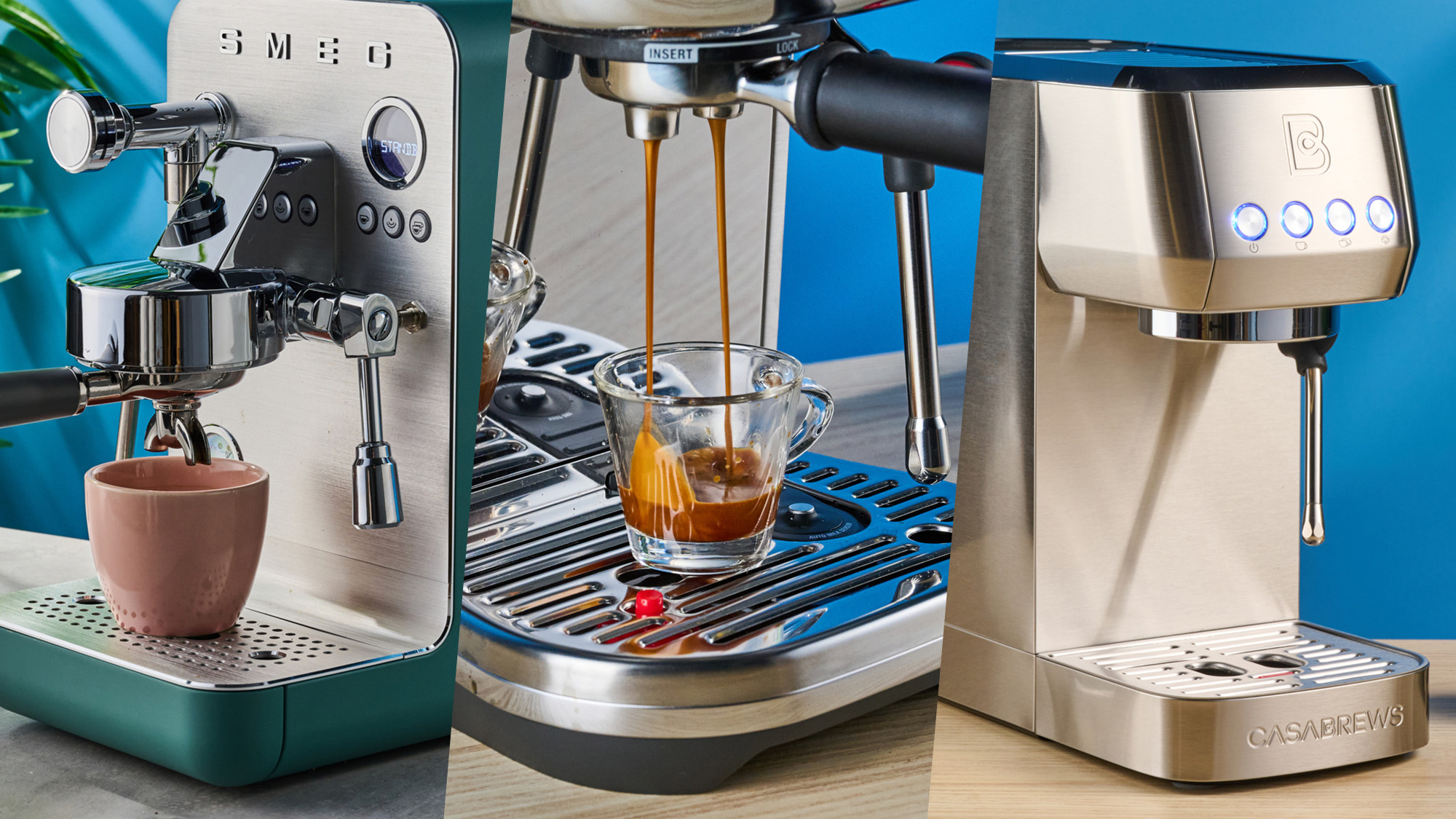
Credit: www.tomsguide.com
Types Of Coffee Produced
Different coffee machines produce different types of coffee. The method each machine uses affects the flavor, strength, and texture of the final drink. Understanding the types of coffee produced helps you choose the right machine for your taste.
Espresso-based Drinks
Espresso machines make strong, concentrated coffee called espresso. They force hot water through finely ground coffee using high pressure. This process creates a thick, rich shot with a layer of crema on top.
Espresso is the base for many popular drinks. These include lattes, cappuccinos, macchiatos, and Americanos. Each drink mixes espresso with steamed milk, foam, or hot water in different amounts.
The intense flavor and creamy texture of espresso-based drinks make them unique. They are perfect for those who enjoy bold coffee with a smooth finish.
Regular Drip Coffee
Coffee makers produce regular drip coffee. Hot water slowly drips over coarser coffee grounds. Gravity helps the water extract the flavor from the coffee as it passes through a filter.
This method creates a larger cup of milder coffee. It is less concentrated than espresso and has a lighter taste. Drip coffee is ideal for drinking throughout the day or serving multiple people.
Regular drip coffee machines are easy to use. They suit those who prefer a simple, classic coffee experience without strong intensity.
Usage And Purpose
The usage and purpose of espresso machines and coffee makers differ significantly. Each device serves unique needs and preferences. Understanding these differences helps choose the right machine for your coffee habits. Below, we explore their volume, flavor, and specialty drink capabilities.
Volume And Serving Size
Coffee makers brew larger amounts of coffee at once. They suit those who want multiple cups quickly. An average drip coffee maker serves 4 to 12 cups per brew. Espresso machines produce small, concentrated shots. Each shot is about 1 to 2 ounces. These machines focus on single or double servings at a time.
Flavor Intensity
Espresso machines extract coffee under high pressure. This process creates a bold, intense flavor. The coffee is thicker with a rich crema layer. Coffee makers use gravity to drip water through grounds. They produce milder and smoother coffee. The flavor is lighter and less concentrated than espresso.
Specialty Drink Preparation
Espresso machines are ideal for specialty drinks like lattes and cappuccinos. They often include steam wands to froth milk. This feature allows for creamy, textured drinks. Coffee makers typically do not have milk frothing options. They focus on straightforward drip coffee. Espresso machines offer more variety for coffee enthusiasts.
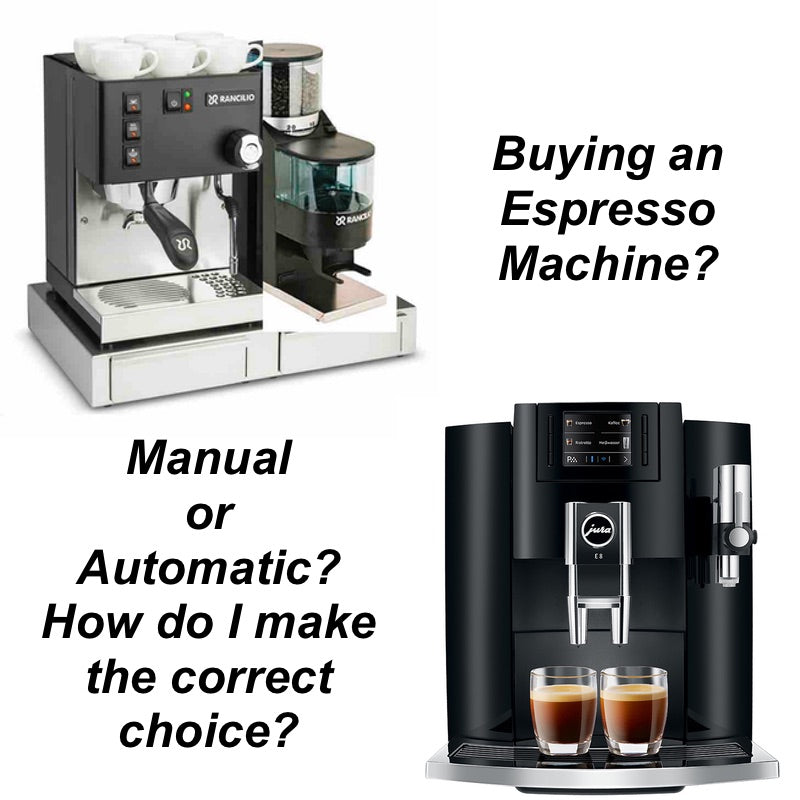
Credit: heavenlycoffees.com
Choosing Between Machines
Choosing between an espresso machine and a coffee maker depends on several factors. Each machine suits different needs and preferences. Understanding these can help you pick the right one for your daily coffee ritual.
Lifestyle And Preferences
Espresso machines appeal to those who enjoy rich, strong coffee. They are perfect for making espresso-based drinks like lattes and cappuccinos. Coffee makers work well for people who prefer milder, larger cups of coffee. They suit those who drink several cups throughout the day. Your coffee taste and drinking habits matter most.
Budget And Maintenance
Coffee makers usually cost less upfront and have simpler maintenance. They require less cleaning and fewer parts to replace. Espresso machines often have a higher price due to complex parts. They need regular cleaning and occasional repairs. Consider your budget and the time you can spend on upkeep.
Space And Convenience
Coffee makers tend to be compact and easy to use. They fit well in small kitchens and offices. Espresso machines can be larger and more complex. They need more counter space and time to operate. Think about your kitchen size and how much effort you want to invest each morning.

Credit: www.sharkninja.com
Frequently Asked Questions
Is An Espresso Machine The Same As A Coffee Maker?
No, an espresso machine differs from a coffee maker. It uses high pressure for a concentrated shot, while coffee makers use gravity for milder drip coffee.
Can I Use My Coffee Maker To Make Espresso?
No, a regular coffee maker cannot make true espresso. Espresso requires high pressure, which coffee makers lack. Use an espresso machine for rich, concentrated shots.
Can I Use An Espresso Machine To Make Regular Coffee?
You can use an espresso machine to make coffee, but it produces a stronger, concentrated shot, not regular drip coffee. Regular coffee requires coarser grounds and slower brewing, which espresso machines do not provide. Use an espresso machine for espresso-based drinks, not traditional drip-style coffee.
Which Is Healthier, Espresso Or Brewed Coffee?
Espresso contains more caffeine per ounce but less per serving than brewed coffee. Brewed coffee offers more antioxidants and is lower in calories. Both provide health benefits; choose based on your caffeine needs and taste preference.
Conclusion
Choosing between an espresso machine and a coffee maker depends on your taste. Coffee makers brew a mild, larger cup with simple drip methods. Espresso machines create strong, concentrated shots using high pressure. Each machine suits different preferences and uses.
Knowing these differences helps you pick the best option. Whether you want quick, rich espresso or smooth drip coffee, the right machine makes all the difference. Enjoy your coffee your way.
